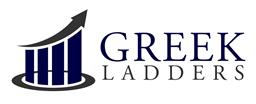How board members can increase funding without asking for money
One of the biggest fears shared by charitable board members is the fear of asking for money. For most charities, raising funds through board members is a duty and, quite frankly, an obligation. But, when push comes to shove, few board members enjoy tapping their friends, co-workers, and fellow community leaders for financial support. Serving on several boards …
Read more “How board members can increase funding without asking for money”

